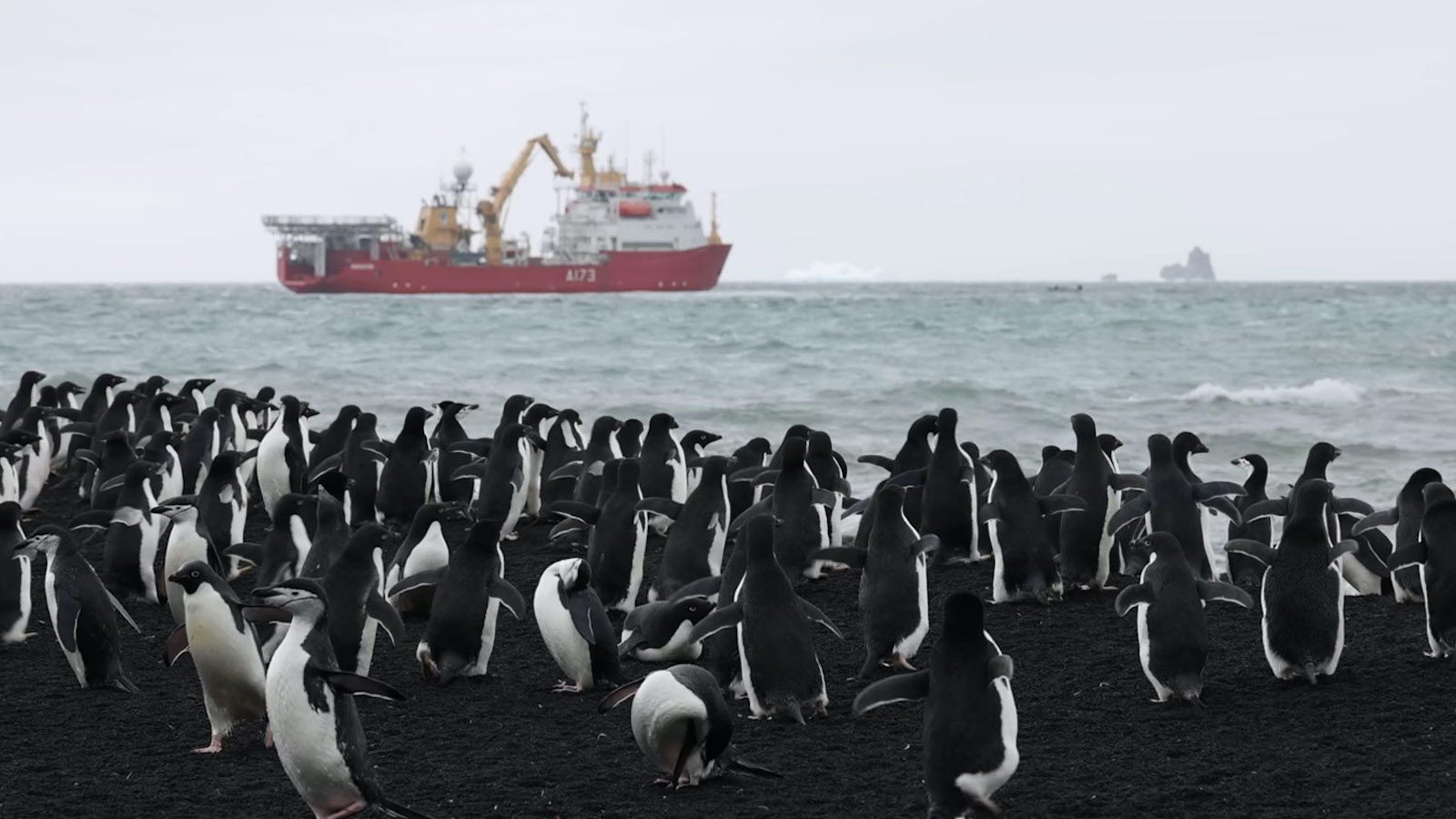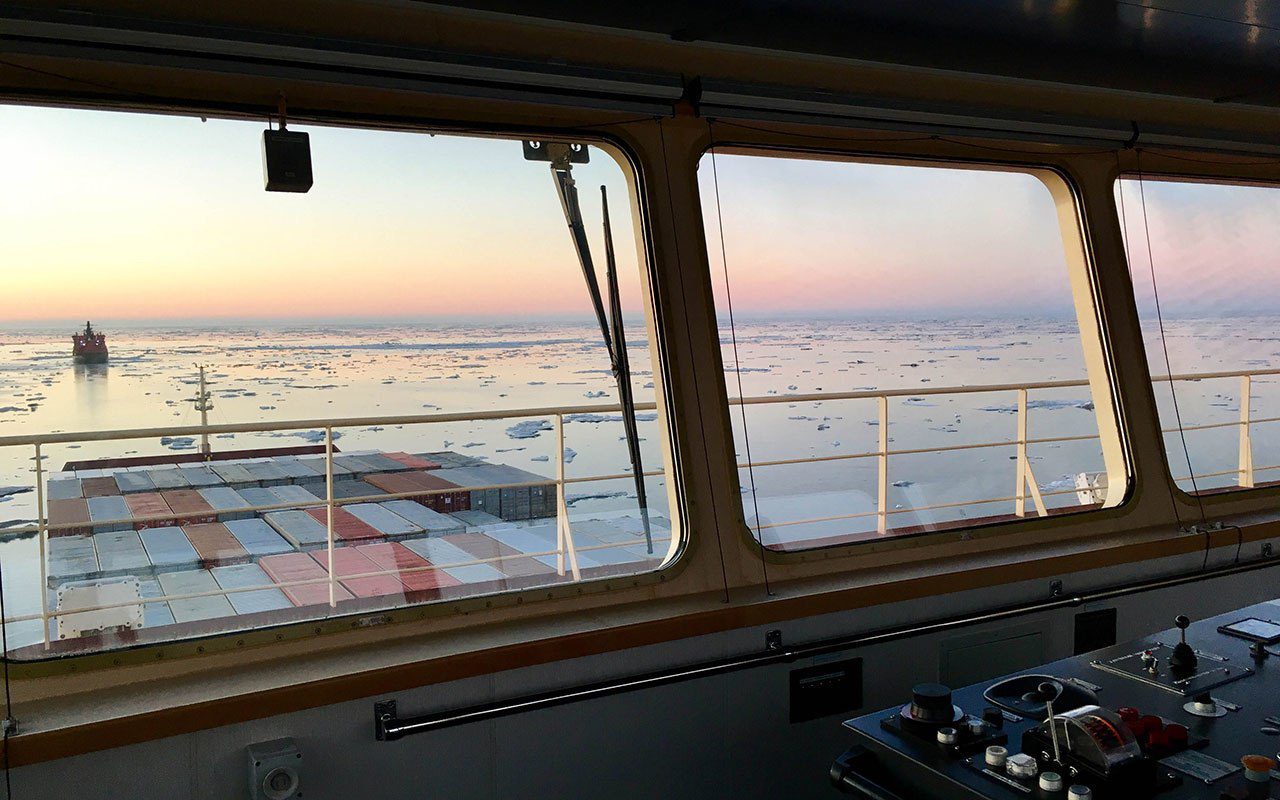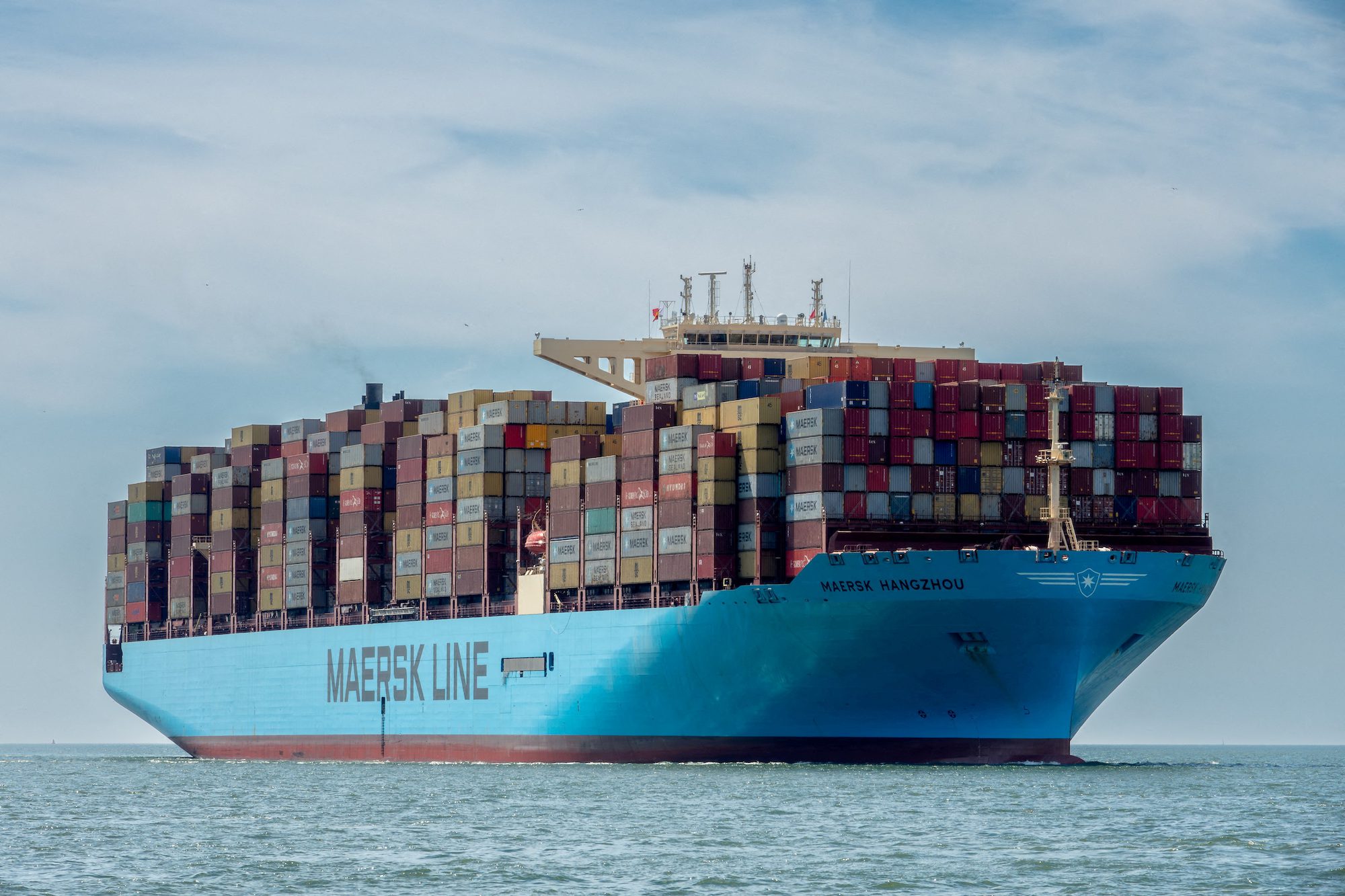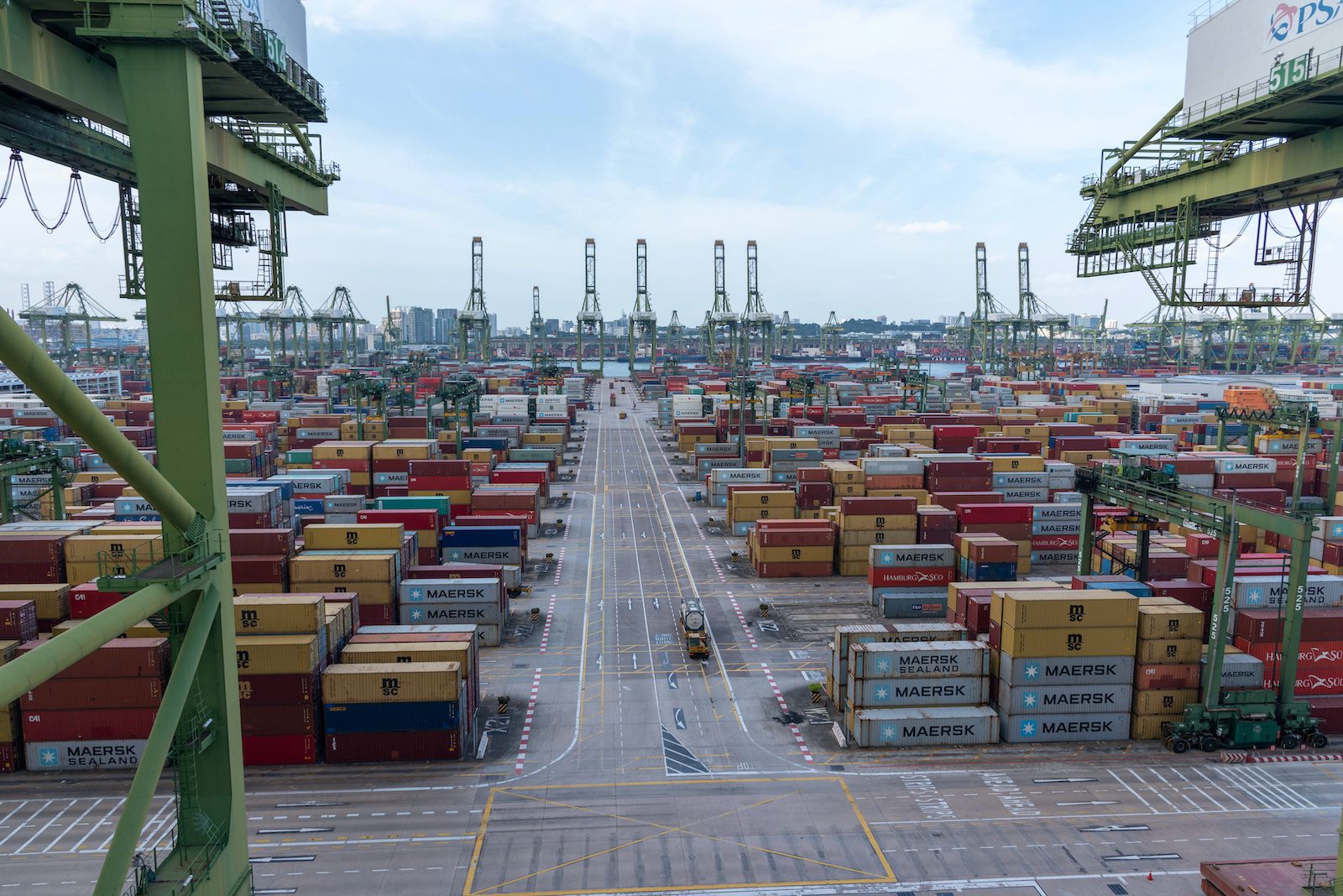The Royal Navy research ship HMS Protector is making a rare visit to the remote South Sandwich Islands in the southern Atlantic Ocean to study the penguin population and the impacts of climate change.
The chain of islands is a British Overseas Territory that lies more than 1,300 miles east of the Falklands and is home to around three million of the flightless birds. The Royal Navy only calls there about once a decade.
By landing on the uninhabited islands to study the birds, scientists hope for a better understanding of the impact of climate change and other environmental factors on the colonies.
Experts from Britain and the USA, specifically scientists from Oxford University’s Department of Zoology and Washington DC-based scientific and educational organization Oceanites, which has spent nearly three decades building up a comprehensive picture of penguin populations in Antarctica, are working with the icebreaker to conduct the research. Oceanites maintains a continent-wide penguin database.
“The opportunity to visit any of the South Sandwich islands to conduct research on penguins – or any other species – is incredibly limited,” said Dr Mark Belchier, Director of Fisheries and Environment, Government of South Georgia and the South Sandwich Islands.
“Any additional data that can be collected opportunistically is incredibly valuable in order to determine trends in population sizes for the various species that live there.”
Scientists have relied on a combination of direct counting, GPS mapping and interpretation of high-resolution commercial satellite imagery to calculate the size of the colonies. Live footage and imagery captured by HMS Protector and scientists using drones on Saunders, South Thule and Cook islands, will be vital for more accurate assessments of the population sizes.
Ahead of the ship’s visit, the islands were thought to be home to nearly half of the world’s chinstrap penguins (1.3 million breeding pairs), as well as around 95,000 breeding pairs of macaroni penguins, and several thousand breeding pairs of gentoo penguins.
The populations have fluctuated in recent decades, but the reason for the fluctuations is uncertain. At first it was thought that resurgent whale and fur seal numbers following bans on whaling and over-fishing were the cause, eating the krill in the ocean upon which many penguins rely upon. But more recent scientific thinking has shifted to climate change, melting sea ice and rising temperatures, plus local volcanic eruptions, all affecting the shrinking chinstrap populace in particular.
“The more data we get on these islands, the more we are able to disentangle the effects of climate change versus eruptions,” explained Dr Tom Hart of the Department of Zoology at Oxford University.
“The whole of the archipelago is a Marine Protected Area, so they are an important contrast to understanding the threats to wildlife elsewhere in the Southern Ocean.”
Ron Naveen, president and founder of Oceanites, said Protector had been provided with a “suite of key penguin breeding sites in Antarctica sites” for its drones to fly over and capture photographic imagery.
He continued: “Once received, the images will be analysed for nest counts – all of which will add greatly to our ongoing database of Antarctic penguin populations.”
Normally based in Plymouth, Protector and her 70-strong crew of sailors and Royal Marines are on a five-year mission to survey the polar oceans and put a stop to illegal fishing.
“We are exploring some of the most remote and inhospitable islands in the world. Their astounding natural beauty, seen through your own eyes, is difficult to comprehend,” said Lieutenant Mike Wafer, Protector’s deputy logistics officer.
Beyond studying penguins, Protector is collecting scientific data on Antarctic waters and updating charts used by seafarers – or in the case of some parts of the South Sandwich Islands, mapping the area for the first time.
The ship will remain in the Antarctic region until April.

 Join The Club
Join The Club











